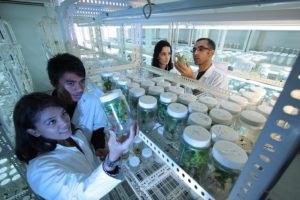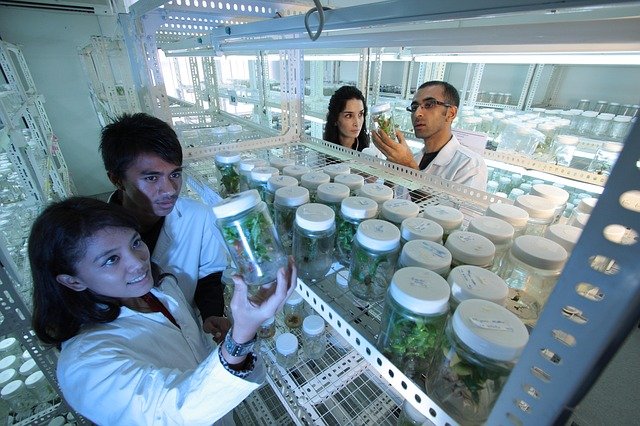 In my last post, I talked about developing a testing mindset.
In my last post, I talked about developing a testing mindset.
The idea is to approach a new idea as a testing ground.
Whether it is a new distribution strategy or a new pilot production line or a new campaign, you want your team to approach it as a test or hypothesis.
Why? This helps them focus on the process goals rather than outcome goal.
The first step is the concept of a meeting itself. What is a successful meeting? What is a failed meeting?
We all know what a failed meeting feels like: energies are down, tempers are up, it seems like a waste of time.
What does a successful meeting feel like? Everyone is energized and looking forward to getting out there and making it happen. Everyone feels that they were heard and recognized for their contribution.
Opinions were expressed fully; they were given due respect, and while not every opinion was agreed to, the conclusion felt like a collaboration which can inspire and energize everyone. Everyone was well fed (well maybe not!)
Do you see the difference?
It is almost always emotions. And it often very much in our control of how we emote and what emotions we emote.
As a business leader, you need to lead through personal example of building a testing mindset.
You could say “Let’s test what a successful meeting feels like?”
“My thoughts are
1. We listen to everyone
2. We always see the scope of doing it first before we say why it cannot be done
3. We have the highest interest of the customer and business first
4. We observe, create, collaborate, doubt, conclude in that sequence. What are yours?”
Get a shared understanding of how a successful meeting should feel like. Then check every 15 minutes or periodically whether it is happening. Check at the end of the meeting whether you have delivered what you have promised.
If yes, what worked? If not, what did not work?
Before you end, Ask “what should the next meeting feel like based on what you learned today?”
Do this at least 4-5 times, and you will entrench successful behaviors.
You will also train your senior staff in testing and in drawing out assumptions and process goals. This will build collaboration in the team which is very important for a testing and learning mindset.
Now, How will you develop it in your workspace?
